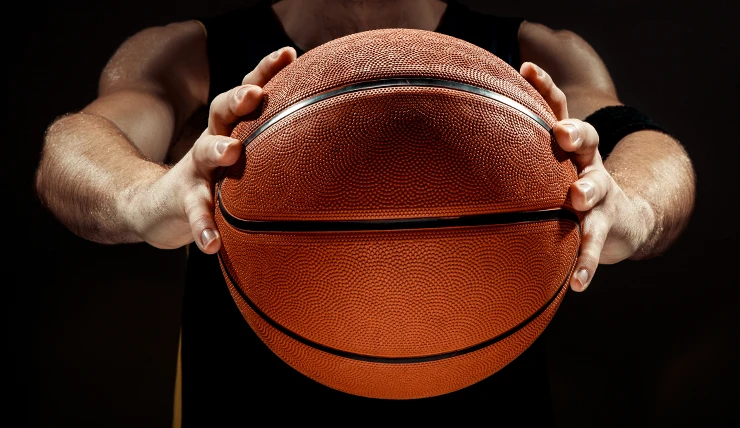When it comes to honing your soccer skills, the choice of equipment can significantly affect your performance. Size 5 practice soccer balls are the standard for professional training sessions and matches for players aged 12 and above. Understanding why this size matters and how to choose the right one can elevate your training routine, enhance your skills, and boost your on-field confidence.

Choosing the right soccer ball begins with understanding what makes the size 5 ideal for adults and teenagers. The size 5 ball measures approximately 27 to 28 inches in circumference and weighs between 14 to 16 ounces. This specification matches the FIFA standard, ensuring a consistent playing experience across different playing fields and conditions.
The design and material of the ball play crucial roles in performance. High-quality size 5 soccer balls typically feature an outer casing made of either synthetic leather or high-performance polyurethane (PU). While genuine leather balls were more common in the past, synthetic materials have taken precedence due to their durability and water-resistant properties. For players eager to maximize the quality of their practice sessions, choosing a ball with multi-layered linings will enhance control and accuracy during play.

Proper inflation is a frequently overlooked aspect of soccer ball maintenance. The recommended pressure for a size 5 ball is usually between 8.7 to 11.6 psi (pound-force per square inch). A well-inflated ball offers better touch, optimal flight characteristics, and higher control precision, ensuring the player achieves an authentic practice experience akin to real match conditions. Investing in a reliable pump and a pressure gauge is advisable to maintain this crucial aspect of your soccer ball’s upkeep.
Another consideration is the type of surface on which you practice. Different balls are designed to withstand various surfaces like grass, turf, and indoor courts. A size 5 practice soccer ball with a robust construction and abrasion-resistant cover is excellent for playing on hard or artificial surfaces. These balls are usually crafted with reinforced stitching or seamless technology, enhancing ball longevity and performance consistency.
practice soccer balls size 5
The choice of bladder is another factor influencing the ball's behavior on the pitch.
Most elite practice balls use latex or butyl bladders. Latex bladders offer superior responsiveness and feel, making them ideal for honing skills and improving dribbling prowess. On the other hand, butyl bladders provide better air retention, which means the ball remains inflated longer, reducing maintenance time. Your choice will depend on how often you’re willing to check and adjust the ball’s inflation.
Visibility is not merely an aesthetic feature but a practical one. Practicing with balls that have high-contrast, vibrant designs can help improve tracking and response times, especially in low-light conditions. For goalkeepers and outfield players alike, a well-designed ball ensures better focus and potentially faster reflexes, critical for game-defining moments.
For those seeking to improve their game systematically, investing in a FIFA-approved model of size 5 soccer balls ensures adherence to international playing standards. Such balls undergo rigorous testing for circumference, weight, rebound, and water absorption, providing an assurance of quality that translates to longevity and consistent playability.
By understanding these nuances, selecting the right size 5 practice soccer ball becomes an investment in your soccer development. Armed with this knowledge, players can make an informed choice that enhances their training sessions and ultimately, their on-field performances. Emphasizing quality, specification, and condition ensures that each touch of the ball contributes to developing a versatile and skilled player, ready to face the challenges of any soccer match.













